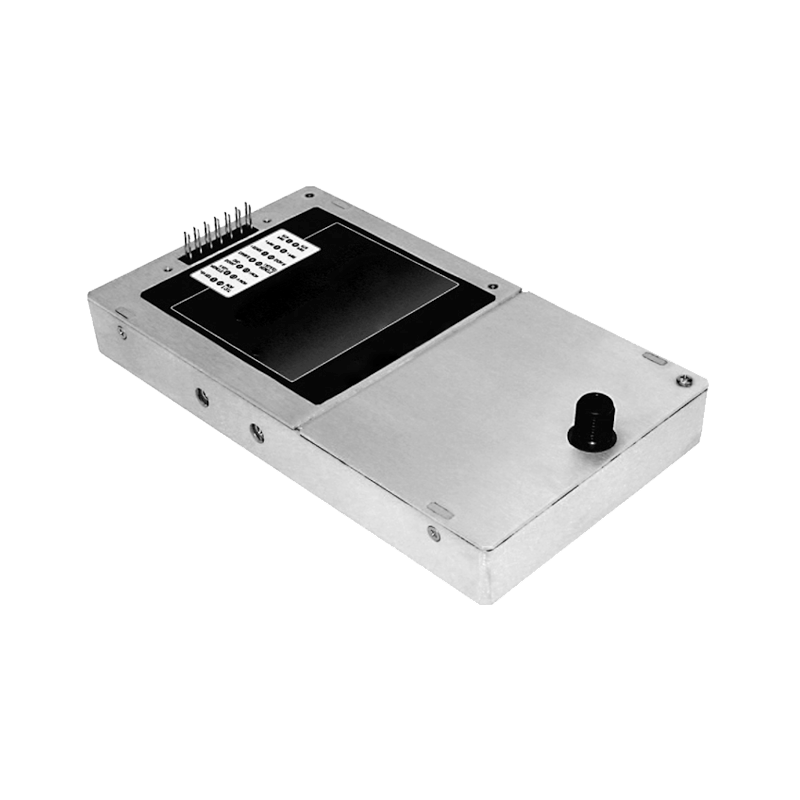High-Frequency High-Voltage Power Supply Performance Analysis in High-Energy Physics Experiments
In the field of high-energy physics experiments, high-frequency high-voltage power supplies have emerged as core equipment, leveraging their unique technical advantages to drive research forward. These power supplies enhance power density and optimize energy conversion efficiency through high-frequency designs, providing precise energy for large-scale experimental setups such as particle accelerators and detectors. The performance of these power supplies directly impacts the accuracy and reliability of experimental data, making in-depth performance analysis crucial.
1. Output Characteristics and Experimental Adaptability
The output characteristics of high-frequency high-voltage power supplies form the basis of their performance. In high-energy physics experiments, particle accelerators require power supplies to deliver stable and adjustable high voltages for accelerating and manipulating charged particles. High-frequency designs effectively reduce the size of internal filter inductors and capacitors, endowing the power supply with faster response times and narrower pulse widths. For example, in electron-positron collider experiments, high-frequency high-voltage power supplies must achieve precise voltage adjustments within nanoseconds to ensure the energy accuracy of particle beams. Additionally, the output voltage ripple of the power supply is a critical metric; low ripple reduces interference with particle trajectories, enhancing experimental resolution and accuracy.
Moreover, the power output of high-frequency high-voltage power supplies must closely match the load requirements of experimental setups. High-energy physics experiments vary widely in scale and type, leading to significant differences in power demands, ranging from hundreds of watts for small benchtop devices to megawatts for large circular particle accelerators. This necessitates that high-frequency high-voltage power supplies offer flexible power regulation capabilities. Modular designs or intelligent control algorithms enable precise power output matching, ensuring the stable operation of experimental equipment.
2. Stability and Reliability Analysis
In high-energy physics experiments, characterized by long durations and high data acquisition requirements, the stability and reliability of high-frequency high-voltage power supplies are paramount. Key components within the power supply, such as power devices and control circuits, are prone to performance degradation or failure under prolonged, high-load operation. In high-frequency operation, power devices experience increased switching losses and generate substantial heat. Inadequate heat dissipation designs can lead to excessive component temperatures, affecting performance and lifespan. Thus, efficient heat dissipation techniques, such as liquid cooling or heat pipes, are essential for maintaining power supply stability.
Meanwhile, control circuits must possess robust anti-interference capabilities. High-energy physics experiments generate complex electromagnetic interference, such as strong electromagnetic pulses from particle accelerators, which can disrupt power supply control signals and cause abnormal voltage outputs. To address this, control circuits typically employ isolation techniques, shielding measures, and advanced filtering algorithms to ensure signal accuracy and stability, thereby maintaining consistent power output.
3. Electromagnetic Compatibility and Experimental Impact
The electromagnetic compatibility (EMC) of high-frequency high-voltage power supplies significantly influences the success of high-energy physics experiments. Uncontrolled electromagnetic interference from power supplies can disrupt other precision instruments in the laboratory, compromising data accuracy. For instance, harmonics generated by high-frequency switching in the power supply can couple into detector signal transmission lines, introducing noise and degrading experimental data quality. Conversely, strong electromagnetic interference in the experimental environment can also affect the power supply's operation. Therefore, power supply design must consider both electromagnetic emissions and immunity. Optimizing circuit topologies, rational component layout, and using high-performance electromagnetic shielding materials enhance EMC, ensuring compatibility with the experimental environment.
4. Performance Optimization and Future Developments
To further enhance the performance of high-frequency high-voltage power supplies in high-energy physics experiments, future research could focus on new material applications and control algorithm optimizations. The adoption of novel wide-bandgap semiconductor materials, such as silicon carbide and gallium nitride, can significantly increase power device operating frequencies, voltage ratings, and reduce switching losses, improving overall power supply efficiency and density. Integrating advanced technologies like artificial intelligence and machine learning to optimize control algorithms enables intelligent output regulation and fault prediction, meeting the evolving demands of high-energy physics research.




















